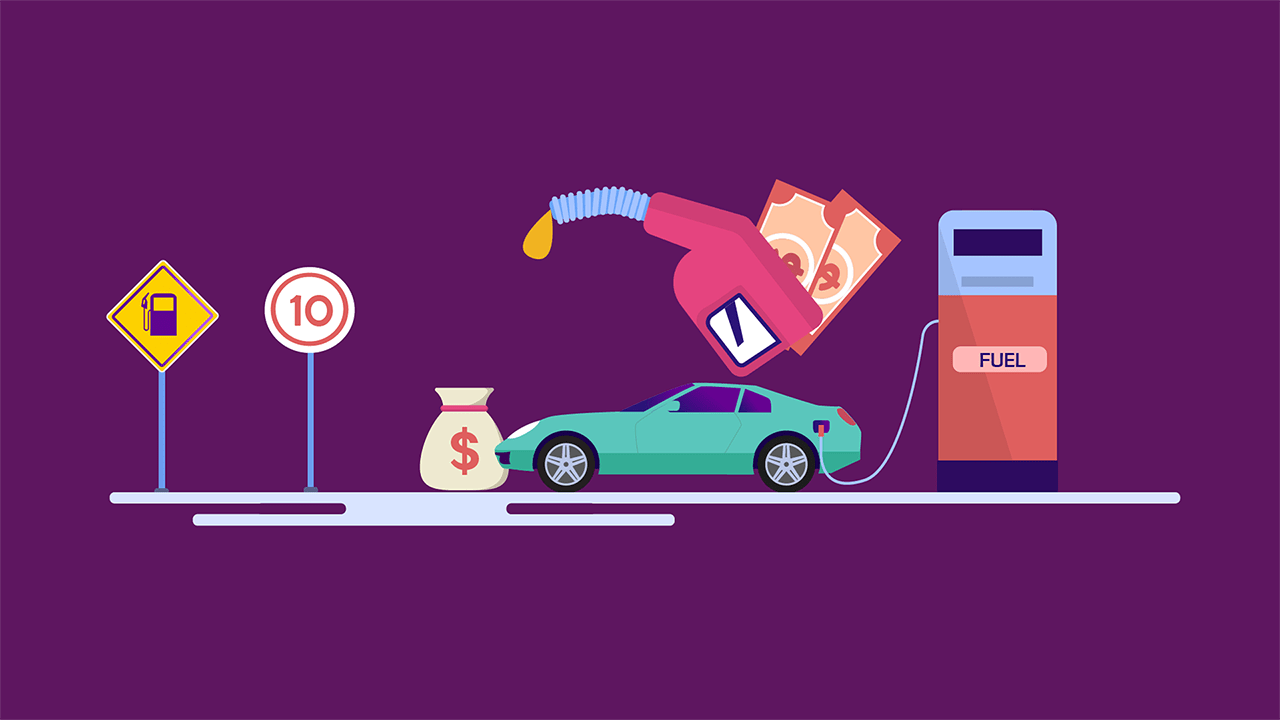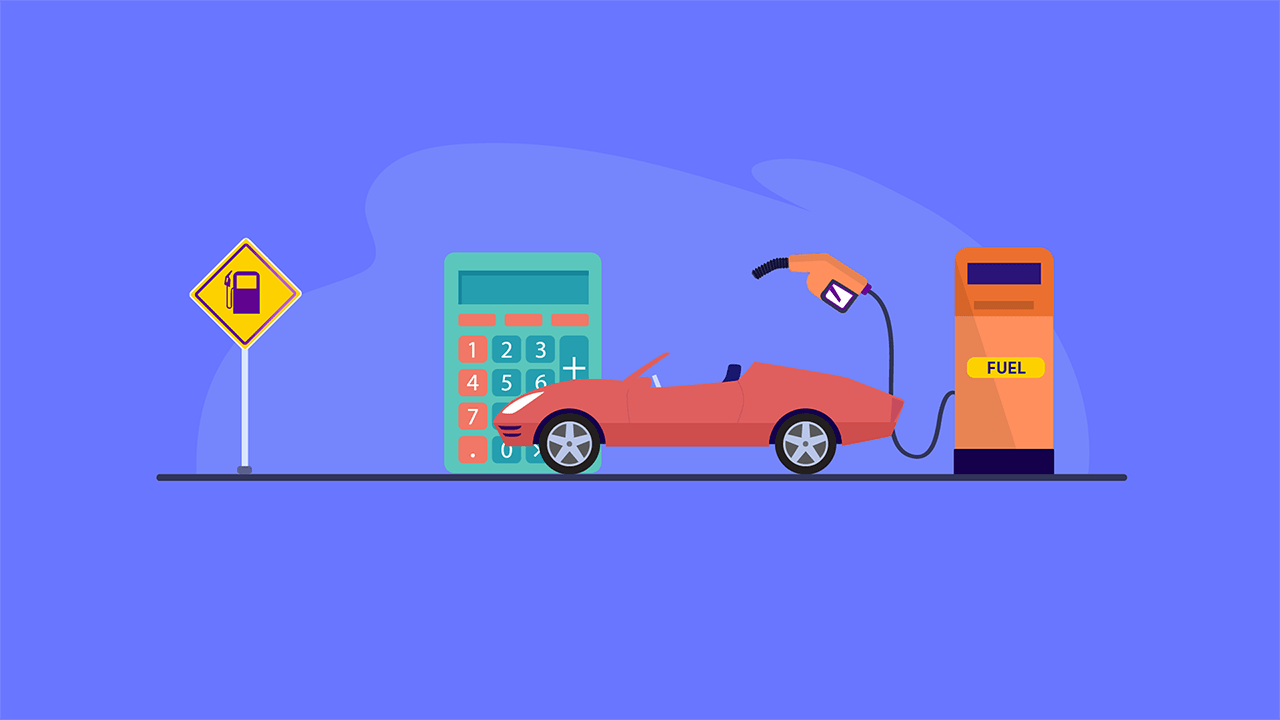How To Add Antifreeze to Your Car: A Step-By-Step Guide
By Umm e Hani on Apr 02, 2024Content
Whether you have really cold winters or live in a not-so-cold place, antifreeze for car is super important. Most modern engines use water to stop the engine from getting too hot. Water by itself is okay, but it's better to mix it with engine coolant, or antifreeze, to keep your car safe. Just like topping up the windshield wiper fluid, putting in engine oil, and pumping up your tires, adding antifreeze is a simple job that most drivers can do easily.
How to Safely Add Antifreeze by Yourself
1. Antifreeze is harmful to people and pets, so keep them away when handling it. Clean up any spills properly. If someone or a pet swallows antifreeze by mistake, call a poison control hotline or 911 immediately.
2. Antifreeze should be replaced approximately every twelve months. It's a cost-effective and straightforward car maintenance task, so there's no need to delay it. Waiting longer is unnecessary.
3. Ensure your engine is entirely cool before starting the antifreeze replacement process. Hot antifreeze can cause serious burns.
4. Open the hood and find your car's radiator. Typically, radiators are located right under the engine. Check your vehicle's owner's manual for the precise radiator location in your model.
5. Find the radiator's drain cock, which is a small plug, about one inch in length. To open it, turn it counterclockwise, and it will start to unscrew. Empty the old antifreeze into a designated container, like an oil pan, disposable pail, or a bucket reserved exclusively for this task.
6. Put the drain cock back in place by turning it clockwise.
7. Go back to the front of the vehicle and find the radiator once more. Take off the radiator cap by turning it counterclockwise.
8. You have two choices for filling the radiator:
Use a premixed antifreeze solution, which you can easily find at auto parts stores or big-box retailers.
Mix your own antifreeze solution with equal parts water and antifreeze. You'll find precise instructions on the back of the bottle.
9. After filling, put the radiator cap back on. Start your car's engine and let it run until the temperature gauge on the dashboard reaches the normal level.
10. Once some of the new antifreeze mixture circulates in the engine, there may be space for a bit more in the radiator. Turn off your car, open the radiator coolant cap, and pour in the same mixture you used in step nine until the radiator is full. Then, replace the radiator cap.
Conclusion
Remember, antifreeze is extremely harmful to both people and animals. Some antifreeze coolant for car brands taste sweet, making them even more dangerous to pets and wildlife. It must be disposed of correctly. If your home is connected to a municipal wastewater or sewer system, it can usually handle antifreeze if you pour it down a sink or flush it. But it's best to confirm with your local water department.
If this doesn't apply to your home, you can contact your city hall or a nearby auto parts store for guidance on how to dispose of it properly. Also, don't forget to dispose of any used rags, buckets, or funnels from this project in the right way.
FAQ
How Much Is Antifreeze?
The price of antifreeze coolant fluid can vary depending on the brand, type, and quantity you purchase. Typically, a gallon of antifreeze can cost anywhere from $10 to $20.
What Is Engine Coolant?
Engine coolant, often referred to as antifreeze, is a liquid that circulates through a vehicle's engine to regulate its temperature. It prevents the engine from freezing in cold weather and overheating in hot weather. Engine coolant is typically a mixture of water and antifreeze, which may include additives to protect against corrosion and scale buildup.
How Long To Wait For Engine To Cool Down Before Adding Coolant?
It's important to wait until your engine is completely cool before adding coolant. This usually takes at least 30 minutes to an hour after turning off the engine. Attempting to add coolant to a hot engine can be dangerous, as it can cause the coolant to boil and potentially lead to burns.
Can You Add Water To Coolant?
Yes, you can add water to coolant, but it's essential to maintain the correct coolant-to-water ratio for your specific vehicle. Most antifreeze products are designed to be mixed with water, typically in a 50/50 or 70/30 ratio of antifreeze to water. Always refer to your vehicle's owner's manual or the antifreeze product label for the recommended ratio.
Where Is The Antifreeze Located In A Car?
Antifreeze, or engine coolant, is typically found in the radiator and the coolant reservoir (also known as the overflow tank). The radiator is located near the front of the engine compartment and is connected to the engine through hoses. The coolant reservoir is usually a translucent plastic container located nearby, which allows you to monitor the coolant level without opening the radiator cap.
Is Antifreeze The Same As Engine Coolant?
Yes, antifreeze and engine coolant are often used interchangeably to refer to the same liquid. Antifreeze is a component of engine coolant and is added to water to create a mixture that helps regulate the engine's temperature. Engine coolant may also contain additives to protect the cooling system from corrosion and other issues. So, while they are closely related, antifreeze is just one part of the overall engine coolant mixture.


